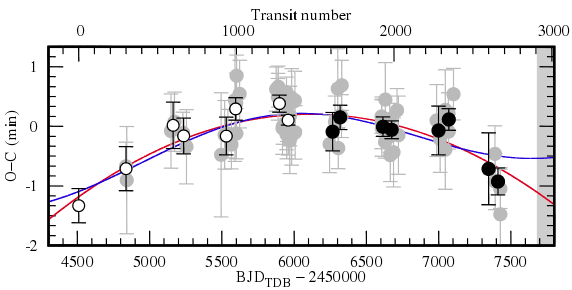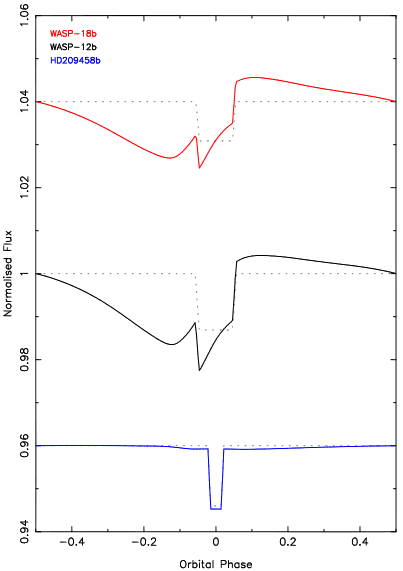Hot Jupiter exoplanets are “phase locked” by tidal forces, meaning that the same face of the planet always faces the star. Being blasted by radiation it is far hotter than the night side. This means that strong winds must be racing around the planet, redistributing the heat.
And that means that the “evening” terminator (where winds flow from the hot day-side face to the cooler night side) will be much hotter than the “morning” terminator (where winds flow from the night side to the day side). Here’s an illustration from a new paper by Ryan MacDonald, Jayesh Goyal and Nikole Lewis:

Of course the terminators are exactly the regions of the planet’s atmosphere that are being sampled by atmospheric-characterisation studies, since that’s the regions that are seen projected against the host star.
As Ryan MacDonald et al point out, most atmospheric-characterisation studies assume that the two limbs are the same, since that’s the easiest thing to do. However, the authors argue, while doing that might produce an acceptable fit to the data, the resulting parameter values could be very wrong.
Thus, the fitted temperature profile could be “hundreds of degrees cooler” than reality. As a result, the fitted abundances of molecular species could also be wrong. MacDonald et al conclude that: “these biases provide an explanation for the cold retrieved temperatures reported for WASP-17b and WASP-12b” and say that: “to overcome biases associated with 1D atmospheric models, there is an urgent need to develop multidimensional retrieval techniques”.














